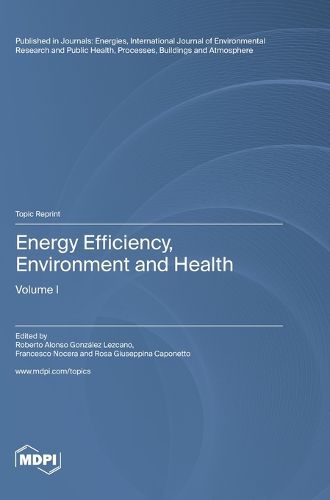Readings Newsletter
Become a Readings Member to make your shopping experience even easier.
Sign in or sign up for free!
You’re not far away from qualifying for FREE standard shipping within Australia
You’ve qualified for FREE standard shipping within Australia
The cart is loading…






This title is printed to order. This book may have been self-published. If so, we cannot guarantee the quality of the content. In the main most books will have gone through the editing process however some may not. We therefore suggest that you be aware of this before ordering this book. If in doubt check either the author or publisher’s details as we are unable to accept any returns unless they are faulty. Please contact us if you have any questions.
Cities are widely recognized as environments which can present risks to humans. Risks to health and well-being are measured in three groups of indices: physiological, emotional, and cognitive. The environmental factors discussed in studies include physical factors such as noise, heat load, and air pollution, and social factors include feelings of discomfort, crime, transportation, and access to health services. Some studies even argue that stress and health risks are intrinsic to urban environments and that restoration is intrinsic to green environments. This Topic aims to discuss what spaces can be greened and the effect this has on urban environments. It also discusses the effect of the size and layout of parks, vegetation on the walls and roofs of houses, and the effects of different types of vegetation, building materials, and energy-efficient design. Today's environment demands new design processes, construction techniques, occupancy practices, and management strategies to increase the resilience of the built environment to extreme, uncontrollable, and unpredictable events while providing healthy and sustainable environments for people. This Topic reflects on what the new concept of sustainability for the built environment should be and how to guide new research directions.
$9.00 standard shipping within Australia
FREE standard shipping within Australia for orders over $100.00
Express & International shipping calculated at checkout
This title is printed to order. This book may have been self-published. If so, we cannot guarantee the quality of the content. In the main most books will have gone through the editing process however some may not. We therefore suggest that you be aware of this before ordering this book. If in doubt check either the author or publisher’s details as we are unable to accept any returns unless they are faulty. Please contact us if you have any questions.
Cities are widely recognized as environments which can present risks to humans. Risks to health and well-being are measured in three groups of indices: physiological, emotional, and cognitive. The environmental factors discussed in studies include physical factors such as noise, heat load, and air pollution, and social factors include feelings of discomfort, crime, transportation, and access to health services. Some studies even argue that stress and health risks are intrinsic to urban environments and that restoration is intrinsic to green environments. This Topic aims to discuss what spaces can be greened and the effect this has on urban environments. It also discusses the effect of the size and layout of parks, vegetation on the walls and roofs of houses, and the effects of different types of vegetation, building materials, and energy-efficient design. Today's environment demands new design processes, construction techniques, occupancy practices, and management strategies to increase the resilience of the built environment to extreme, uncontrollable, and unpredictable events while providing healthy and sustainable environments for people. This Topic reflects on what the new concept of sustainability for the built environment should be and how to guide new research directions.